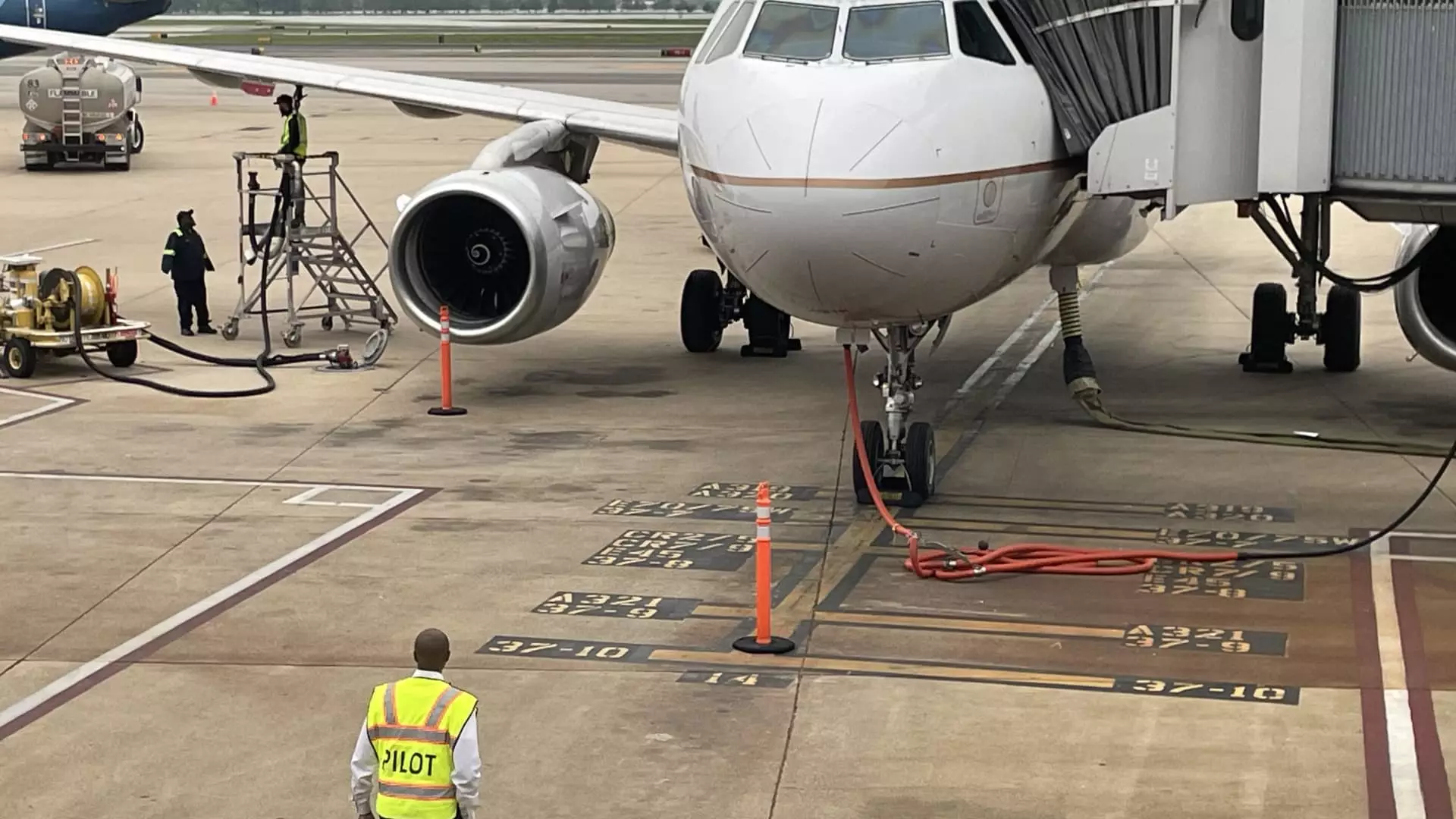The U.S. passenger airline industry experienced significant growth in terms of job creation since 2021, with nearly 194,000 jobs added. However, the industry is now facing a slowdown in hiring with airlines reaching their staffing needs. This slowdown is not only a result of reaching optimal staffing levels, but also due to various challenges being encountered by the industry.
One of the major challenges facing the U.S. passenger airline industry is the oversupply of flights, leading to a decrease in fares and ultimately impacting the profitability of airlines. Additionally, there has been a moderation in demand growth, further complicating the situation. Delays in the delivery of airplanes from manufacturers like Boeing and Airbus have forced airlines to reconsider their expansion plans. Moreover, shortages in engines have led some carriers to defer airplane deliveries altogether.
Labor costs have significantly increased as several groups within airlines, such as pilots and mechanics, have negotiated new contracts with substantial raises. This increase in costs is reflected in the average annual pay for a three-year first officer at U.S. airlines, which rose from $135,896 in 2019 to $170,586 in March. Overall, costs at U.S. carriers have seen double-digit percentage increases since 2019, with some airlines experiencing even higher jumps in costs.
The recent U.S. jobs report indicates that air transportation employment remained relatively stable in August compared to July. However, some airlines have resorted to measures like furloughs and voluntary leaves of absence to manage costs. For instance, Spirit Airlines furloughed 186 pilots due to the carrier’s losses stemming from various factors. Airlines like Frontier Airlines and Southwest Airlines have announced plans to reduce their workforce through attrition and controlled hiring levels.
Airlines such as United Airlines have adjusted their hiring plans in response to the challenges they are facing. United Airlines, which paused pilot hiring earlier in the year, has reduced its hiring targets for 2025. The company plans to hire fewer pilots compared to previous years, signaling a departure from the rapid hiring trends seen in the past. Similarly, Southwest Airlines expects to end the year with fewer employees and has suspended hiring classes for certain work groups.
Despite the current challenges, the long-term outlook for the U.S. passenger airline industry remains positive. Airlines like American Airlines continue to hire pilots and foresee a need for ongoing recruitment in the future. Although there have been adjustments in hiring targets, the demand for travel remains strong. According to Ken Byrnes, chairman of the flight department at Embry-Riddle Aeronautical University, there is still a continuous flow of students pursuing careers as pilots, indicating sustained interest in the industry.
The U.S. passenger airline industry is navigating through a period of challenges including hiring slowdowns, rising costs, and employment adjustments. While airlines are facing headwinds in the current environment, there is optimism for the industry’s long-term growth and stability. Adapting to the changing landscape and addressing the various challenges will be crucial for airlines to sustain their operations and meet the demands of the evolving market.

